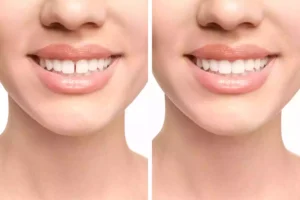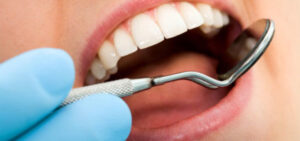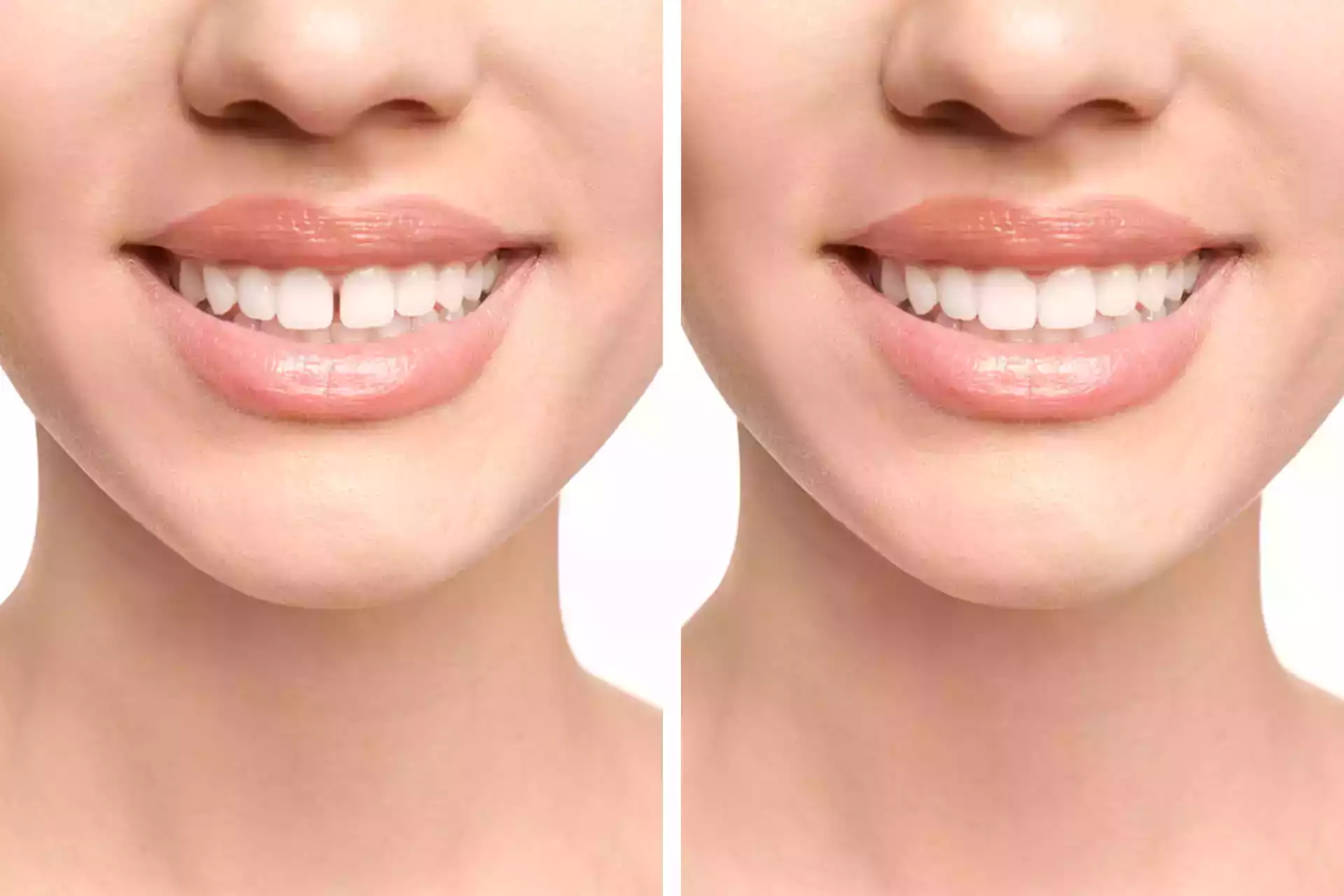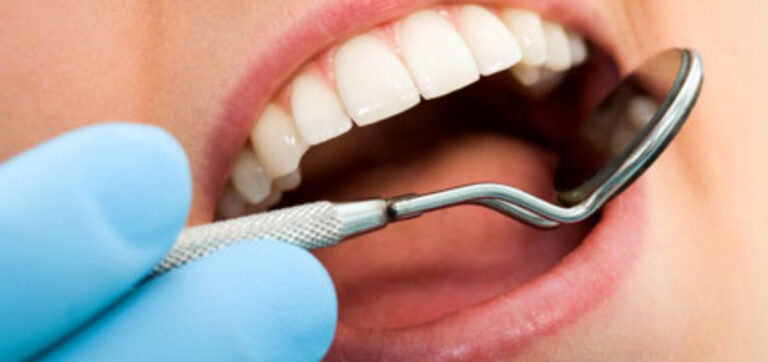Diastema, which is usually found between the top front teeth, is an opening or gap between two teeth. This condition has a wide range of prevalence and can affect both adults and children. Additionally, diastema, a lifelong condition, is common in children in North Scottsdale as their permanent teeth erupt. In adults, it may, however, be an indication of underlying dental issues that call for professional treatment. Contact a dentist in North Scottsdale, AZ, if you are suffering from Diastema.
What is the cause of Diastema, and how can one repair teeth gaps
Following are some common types of Diastema:
- Midline Diastema: A gap between both of the front upper teeth is known as a midline diastema. It is the most common form of diastema and is frequently caused by a number of things, including frenulum attachment, oral habits, and genetic susceptibility.
- Lateral Diastema: Compared to the central incisors, lateral diastema forms in the space between teeth. This problem, which often requires extra orthodontic treatment, can be a result of periodontal disease, tooth size disparities, or missing teeth.
- Temporary Diastema in Children: Children often suffer from temporary diastema as their baby teeth come out and their permanent teeth erupt. This transitional period typically passes away on its own, but if the gap continues past the beginning of adolescence, further dental examination may be required.
Causes of Diastema
Genetic factors
The development of this illness is greatly affected by genetics. Children are at greater risk of developing spaces in their teeth if either of their parents has them. Further, because it affects the size of the jaw and teeth, this genetic tendency causes problems with spacing.
Oral Habits
Diastasis can occur as a result of particular oral habits. The front teeth may become crushed and pushed apart as a result of thumb sucking, especially if it persists after the age of four. Likewise, gaps can eventually appear as a result of tongue thrusting, which is the process of forcing the tongue against the teeth while swallowing.
Differences in the size of the Jaw and Teeth
When the lower jaw and teeth are out of proportion, diastema can occur. Too much space between teeth can cause gaps if the jaw is too big or the teeth are too small. To correct this gap, orthodontic intervention is often needed.
Periodontal Disease
Periodontal or gum disease, which affects the tissues and supporting bone around the teeth, can cause diastema. As the gums shrink and bone loss takes place, teeth may move and create gaps. Gum disease must be managed in order to stop other dental problems from occurring.
Missing teeth
The absence of teeth, whether from extraction or congenital causes, can cause gaps to develop and adjacent teeth to shift. The gap between teeth becomes more obvious when lateral incisors or premolars are lost, and orthodontic or prosthetic treatment might be needed.
Frenulum attachment
The tissue that joins the top lip to the gums is called the labial frenulum. There could be a space between the upper front teeth if the tissue is very thick or reaches too far down. Furthermore, in such cases, a frenectomy—a surgical technique to remove or adjust the frenulum—is often advised.
Which Diastema Treatment Is Best?
Orthodontic Treatment
Two popular orthodontic techniques for closing tooth gaps are braces and aligners. While clear aligners offer many patients a more comfortable and visually suitable option, braces use constant force to shift teeth into the right position.
Dental Bonding
To improve the appearance of teeth and fill in any gaps, dental bonding involves bonding tooth-colored resin to them. This minimally invasive procedure provides results right away and is suitable for small diastemas.
Veneers
Veneers are thin, custom-made shells of composite resin or porcelain that cover the front of teeth. They can successfully close gaps and enhance tooth look, providing a long-term remedy for this dental issue.









